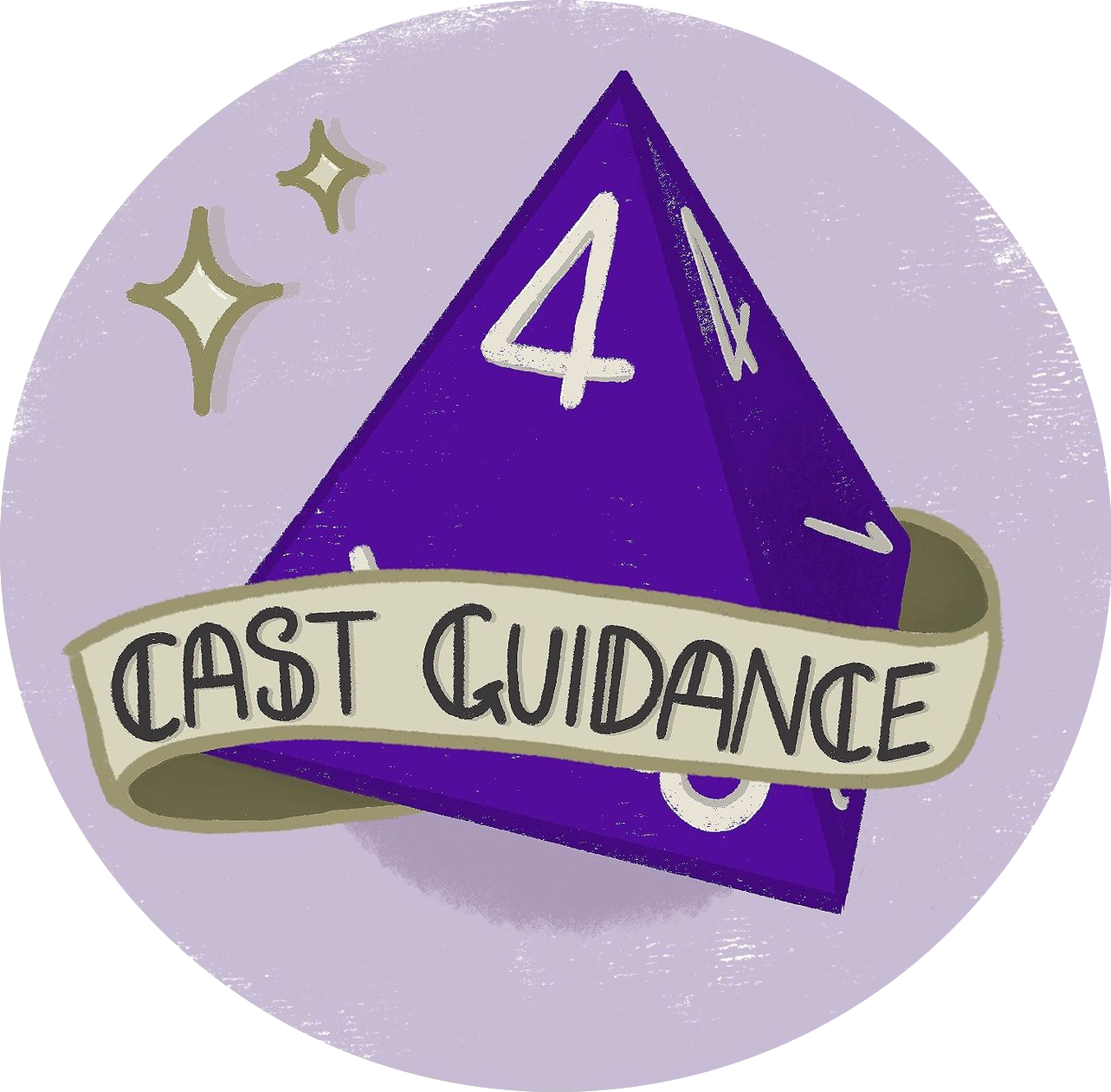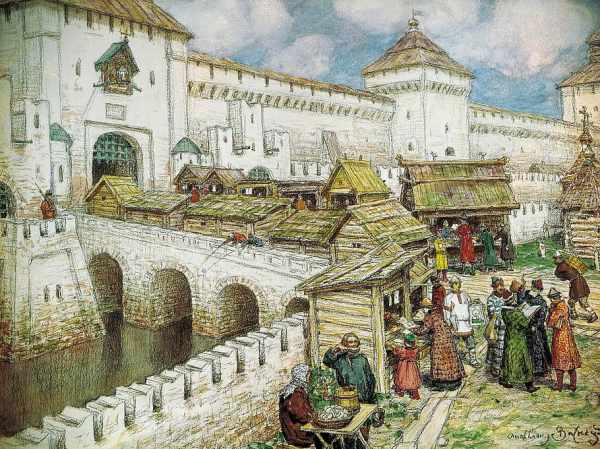Shopping in Dungeons and Dragons can feel like a real bore. If your campaign doesn’t have strong Non-Player Characters that the players want to talk to, then all you’re really doing is pointing out how much money the characters have and what the items are in the shop.
New Dungeon Masters often find this part of D&D a struggle because, apart from the odd teen montage, there isn’t a lot of TV or Film inspiration to go off.
Buying and selling doesn’t have to be as dull as following a list. There are a couple of ways to bring the excitement which should fit into any campaign, and once you get the hang of these, you can adapt and grow more ideas as you play!
Buying Magical Items The 5e Way
Following Xanathar’s Guide To Everything on page 126, the official way to buy magical items is through a randomized chart. After rolling a persuasion check on the seller, the Dungeon Master then rolls a dice to see what items the players can buy. BORING!
This type of DMing is good for when your players move the game into an unexpected direction and are demanding shopping scene, but you usually will know how the game is going and when shopping is available. Randomized charts can give your players items they don’t care about and are entirely irrelevant to your campaign.
Instead, if you want to add magical items to your game, check your character’s level and roll on the Dungeon Master’s Guide hoard table on page 136. I know what you’re thinking: “didn’t you just say that randomized tables were boring and bad.” I did, and I stick to it! This table shouldn’t be used to blindly add to your campaign but to help you give a magical item that isn’t overpowered or underpowered. Use it as a guide and not as a “well, that’s what I rolled” answer.
Using this table, you can scroll through the book and see what items spark your interest. When you have a couple to note down, we can finally start creating this shopping adventure!
Making Each Town or City A Specialist
Depending on your campaign, magical items are a rare sight in the D&D world. This means that most shops will only have non-magical items.
To make shopping more of an adventure and less of a chore, make each town or city in your campaign a specialist in certain items; magical or non-magical.
Maybe the Wood Elves create the best bows, so they would pay a better price for a +1 Arrow as they understand it’s worth. Perhaps there is one city in the land that can create Potions of Healing, which means the players have to stock up before leaving. Suppose there is an amazing Artificer who will make you any magical item of your choice if you have the time and money for it.
I personally like to make each location amazing at one type of manufacturing. In my latest campaign, the players all had bad Charisma stats, so when they visited a Halfling village, I made the community specializing in flowers. They had one magical item which was part of their heritage, the Perfume of Bewitching. They made this perfume with the flowers they grew and were the only ones in the lands who could sell it. The fragrance gave my characters advantage to Charisma checks, which they soon became hooked on. This meant coming back to the Halfling Village of Teatime (if you know the reference, well done) whenever they wanted to start a social encounter, allowing me to create an event in the community to spark an exciting adventure while they were there.
Spreading out shops like this forces your players to weigh up their money bags and decide which destination is worth the hassle. It also means they cannot waste their items without thinking about how hard it is to buy new ones.
Creating An Interaction Without Explicitly Saying The Item’s Name
If you were hoping for more guidance while you are in the shop, then have no fear. I have an answer for that too!
Describe the item, show the characters what it can do, and then give the price. Basically, create a small cut scene.
I’ve talked about this before in our Dungeons And Dragons Essentials Kit – Overall Review. Allowing your players to interact with the item will encourage them to roleplay and mess around with the adventure.
In that example, I said to give the players a weapon and had them roll to hit and roll damage against practice targets. This makes the players the center focus of the scene instead of the items. Plus, we all love a good excuse to roll our dice.
When it comes to magical items, you can instead create a bit of mystery. For example:
The dwarf looks you up and down. With a huff, he mutters, “yeah, you might fit.” He walks down a small corridor without another word, ignoring the steel armor that hangs from the walls. Eventually, the smithy stops and looks up at a golden tinted plate of armor with thick boots and a helmet with only slots to see out of.
“Well, go on then.” He says.
At this point, you let your characters interact. When the character picks up the plate armor, make them do an Athletic Check. If they fail, the armor falls on top of them, the weight crushing them for 2 health points. If they succeed, describe how surprisingly heavy the item is. For example:
You go to lift the armor from its hooks, but it takes you a while to find a firm footing. The armor is clunky, with an odd weight distribution that you cannot balance. You manage to release it from the walls, and you carefully hold it in your arms.
The weight alone makes you question how you would move in battle, but you put on the armor nonetheless. After 10 minutes, you finally tighten the last buckle and stand up strong.
You go to move your foot but find your feet are firmly still on the floor.
The dwarf laughs at your attempt. “This is Dwarven Plate Armor. If someone uses magic to push you or move you against your will, this heavy tank will help you keep balance.”
At this point, you could have your other players roll attacks against the plated player. The plated player wouldn’t know if the attack hit or not, and you can announce if the +2 Armor Class bonus protected them.
Of course, this type of interaction takes up time, but sometimes a whole session dedicated to shopping is more interesting than whipping through it to get back to the action. This is the time when your players really get to roleplay and be silly without major consequences. A lighthearted session is often needed after a hardcore one, after all.
Selling Magical Items The 5e Way
Looking back at Xanathar’s Guide To Everything, page 133, the official way to sell magic items is through another Persuasion Check and a Percentile dice roll to see if anyone will buy it. Again this is too random for my taste.
How would my Halfling flower village know anything about Dwarven Armor, for example? If my party tried to sell the armor to the village, the Halflings would probably pay 50 gp maximum, enough to put a deposit on a mortgage. The armor is a very rare item, and so it is worth around 50,000 gp, so of course, my players shouldn’t accept that deal! And expecting the Halfling to have that much money doesn’t make sense either.
This is why I would not use the table to sell a magical item unless the players have put you on the spot. If you have time, you should create an adventure instead! The adventure doesn’t have to be big. Just like before, it can just be a fun chance to play around.
However, using the Magical Item Sale Complications table on page 134 could lead to some interesting plot hooks…
Placing Plot Hooks for Special Buyers
Maybe your party found a +1 Longbow in an orc raid, but none of you are rangers and so don’t have a need for this item. They know that the Wood Elves would love an item like this and so would pay a great fee. The players tell this to you as the Dungeon Master, which means you have time to plan something interesting.
Maybe an orc survived their raid and is stalking them to get the bow back. Perhaps the Elves short-change the players and try to use the bow against them! Or suppose getting to the elves is the real problem.
Summary
Before your players tell you that they want to buy or sell some items, have some plot hooks or magic item cutscenes ready at hand. You cannot predict everything your party does, so going with the flow might end up being your best option, but remember that everything is a storytelling moment, and every action is a chance to roleplay!
If you have any other suggestions to make buying and selling in Dungeons and Dragons fun, add them to our comment section! We would love to know what ideas you have!

